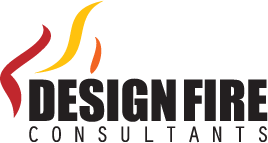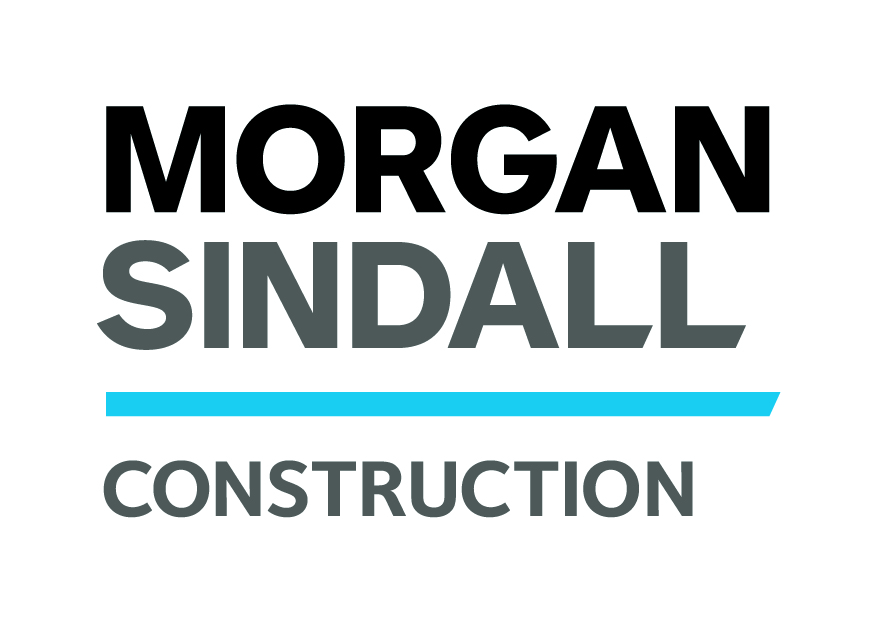
PBWC Architects: BIM Level 2 file naming & alignment with the RIBA Plan of Works with Excitech DOCS

Avoiding human error and reducing the tedium, time, and trouble of fundamental document management tasks
Symetri services provided:
- Excitech DOCS
- Customisation for RIBA Plan of Work
- Training
Meet Poynton Bradbury Wynter Cole (PBWC)
Founded in 1973, PBWC is one of the South West’s largest architectural practices; a 28-strong team with a reputation for innovative and sustainable solutions to challenging projects across a wide range of sectors. The majority of PBWC’s architectural projects fall in the £2m to £30m range.
The practice has embraced new technology and continuously makes substantial investments in equipment and training to maintain its premier position in the industry. This commitment is reflected in its consistent track record of design awards and in delivering high quality outcomes, on time and on budget.
This reputation, and publications of its work, has enabled PBWC to attract talented architects and technologists, bringing to the team a wide range of skills and experience in master planning, conservation, sustainability and innovative construction.
The challenge: Avoiding human error and reducing the tedium, time, and trouble of fundamental document management tasks
The easy way to conform to industry standards
PBWC was looking to improve efficiencies in certain aspects of its workflows, particularly in areas such as file naming and approvals. This is a goal that PBWC shares in common with an increasing number of architectural practices in the UK today; preparing the many facets of the architectural discipline for Building Information Modelling (BIM) Level 2 accreditation.
Intrinsic to BIM Level 2 is the adoption of identified industry standards. Standards themselves evolve. For instance the BS 1192 file naming standard has now transitioned into an international standard in the form of ISO 19650. Keeping on top of the requirements is essential in ensuring quality outputs, as well as avoiding the time taken up in resolving issues when the standards may not have been followed.
Manual input = Manual errors
Jacob Down, one of PBWC’s architects, explains the scope of the challenge that lay ahead of the company:
One of our prime considerations in looking for a truly fit-for-purpose document management system was around freeing up time from low-level but critical tasks to spend it in a more quality way; designing, rather than sorting documents out to manage version control and transmittals, and all those associated uninspiring tasks. They’re not just time-consuming; they’re also a hotspot for things to go wrong. Manual input over legions of drawings and documents will always open up the possibility of manual error. Most of the time it doesn’t happen but all you need is one slip-up and the result can be costly.
Jacob asked Symetri to run through the functionality and benefits of its document management system, Excitech DOCS, created to address the multitude of specific document management requirements that pertain to the architecture and engineering industry.
The solution: Excitech DOCS
Gateways to quality control
Jacob says that among the first features of Excitech DOCS that struck a note of enthusiasm among the team at PBWC were its “robustness” as a platform for quality checks, or “gateways”, and the fact that these checks occur automatically. It’s one less thing to worry about.
When a drawing is ready to be formally issued, Excitech DOCS takes it through these checks; normally a process that manually takes about 30 minutes per drawing. It’s not uncommon for a tender pack to comprise of 30 to 40+ drawings. Time mounts up. The imposition on talented resources is huge when workloads are high, and notable even when they’re moderately low.
Just a click of the mouse
Excitech DOCS automates processes that have hitherto been manual. “We’re big Revit users at PBWC and we liked that Excitech DOCS integrates with Revit, as well as AutoCAD. It incorporates the necessary file name standards. It’s a solution that really does make life easier. Literally just a click of the mouse and it all gets taken care of”, says Jacob.
Transmittals are also taken care of. When it comes to the moment to send, all contacts are in the system, along with the drawings as referenced by Excitech DOCS. The information is all auto-generated into a transmittals sheet, ready to go.
Built on M-Files: Everything in one place
By virtue of being built on top of M-Files (ranked by Forrester as a leader in Enterprise Content Management) Excitech DOCS also gathers all pertinent information on a project into one place; this includes the abundance of day-to-day communications, PDFs, emails, and contacts, as well as transmittals. The search function then allows easy retrieval of all information filed against a project reference number. PBWC have utilised Excitech DOCS ability to store and manage data to monitor projects quality control plans previously undertaken using several separate word documents but now viewable from a single Excitech DOCS project metadata portal.
Customised to the RIBA Plan of Work
PBWC use the RIBA Plan of Work, particularly at pre-concept stage. They asked Symetri to incorporate this requirement into their version of Excitech DOCS; the solution offering the flexibility to accommodate specific customer requirements of this nature.

Jacob explains:
“There’s the early concept design stage process that needs to be undertaken long before contractors get involved. At the contract stage, compliance to BS 1192/ISO 19650 is critical for consistency and quality. Before that, when a concept is being developed, the way things unfold can be and needs to be more fluid. Aligning the RIBA Workstages enabled us to remain flexible, deciding when best to adopt the BS1192 /ISO 19650 conventions for each project, on a project by project basis”.
The result: Making the complex simple
“Excitech DOCS allows architects to focus on what they do best and not spend countless hours on getting the admin right”.
Jacob says that the team at PBWC now has more time to focus on real design work: “The time we’ve gained has been better than anticipated. Transmittals, for example, were a painful process and now it’s all seamless”. The company also found the licensing for Excitech DOCS to be reflective of how architects work; per user as opposed to per project, which can quickly lead to very high costs.
Contact us
Please submit your enquiry here and a member of our team will get in touch.
Alternatively call 0345 370 1444
Related Cases


Stepnell’s BIM approach; ‘no stone unturned’ for University of Worcester
The digital journey from construction through to facilities management This is a story of using multiple technologies on a refurbishment and extension project— gaining maximum insight and value from a Revit 3D model, streamlining workflows, format... Learn more



